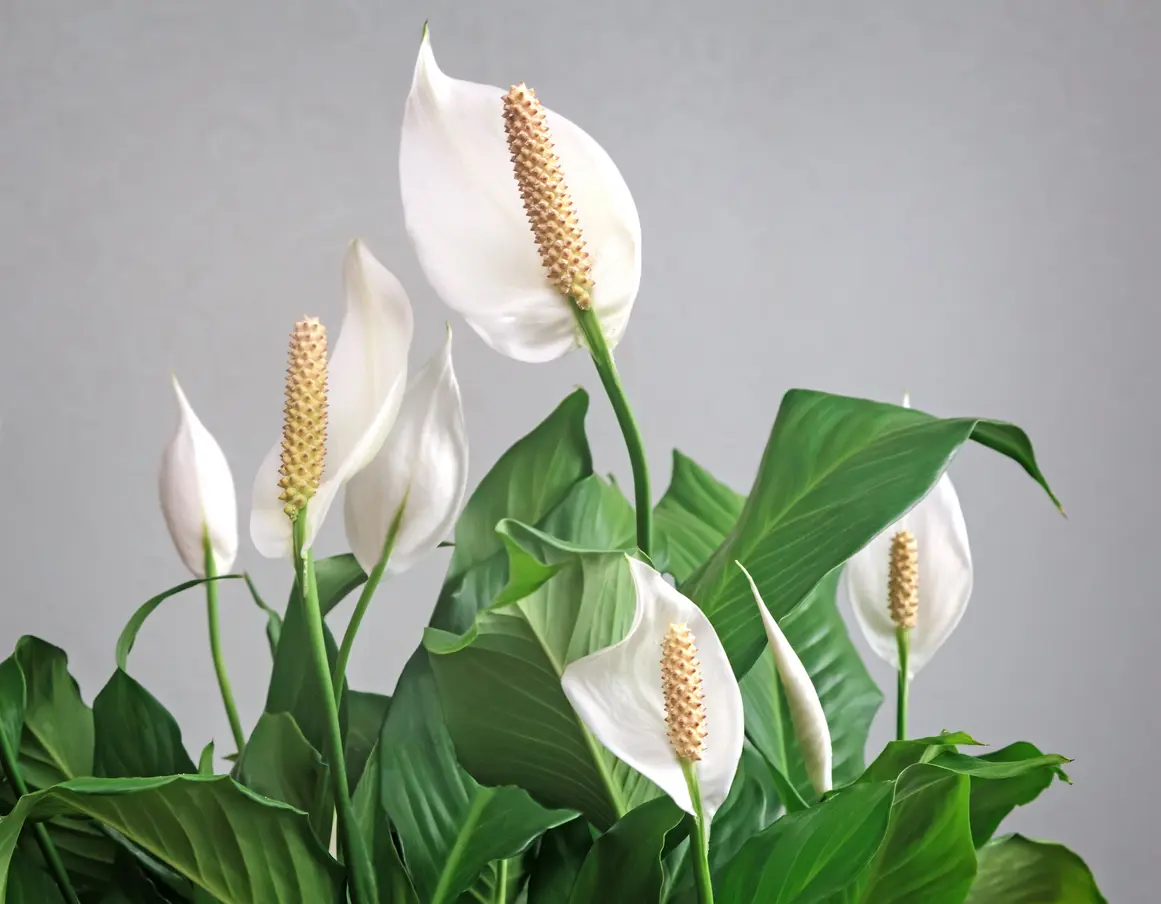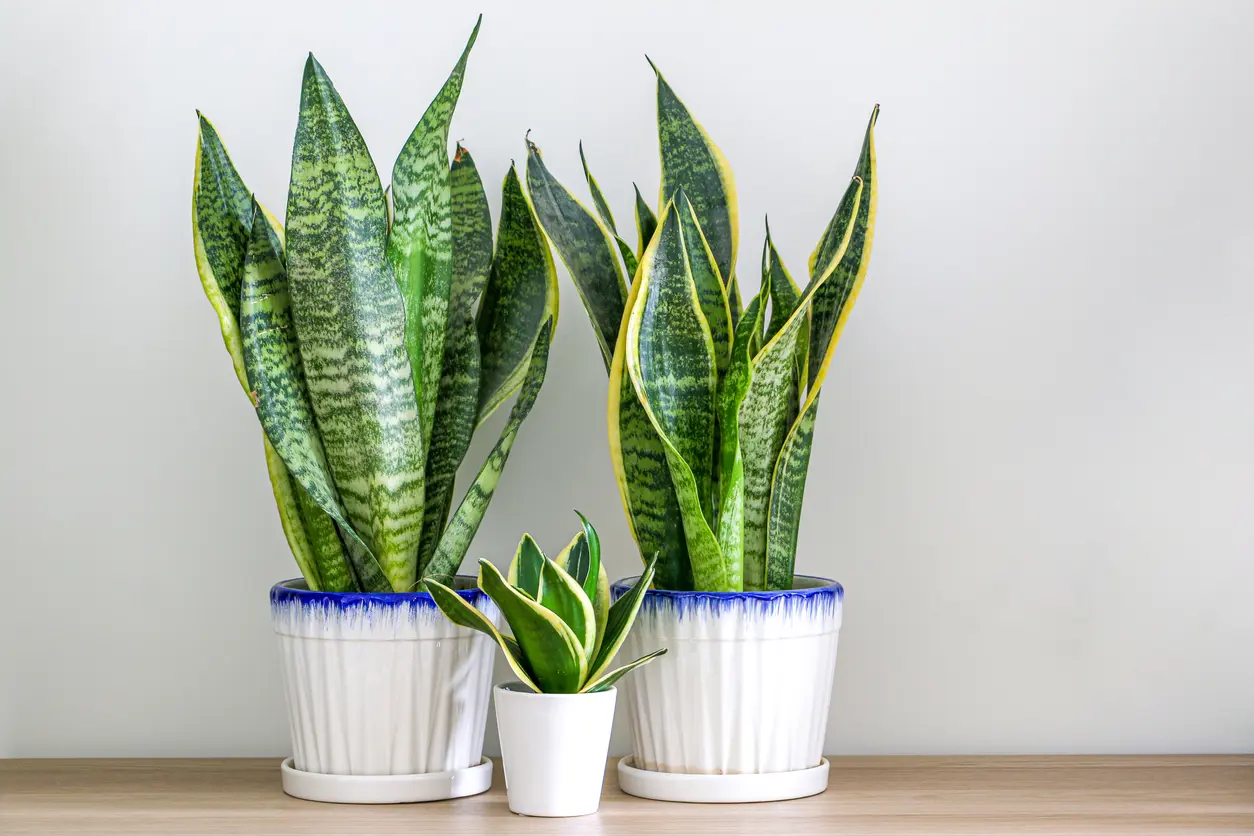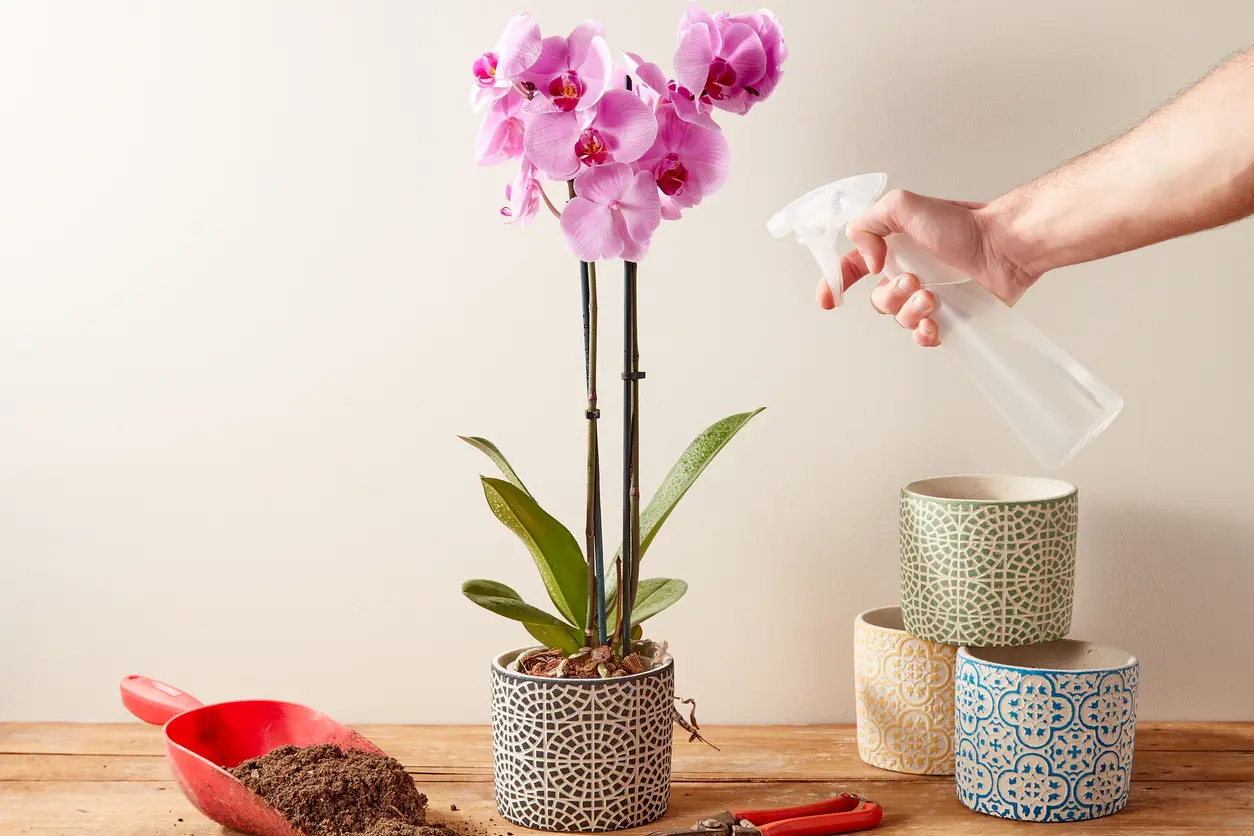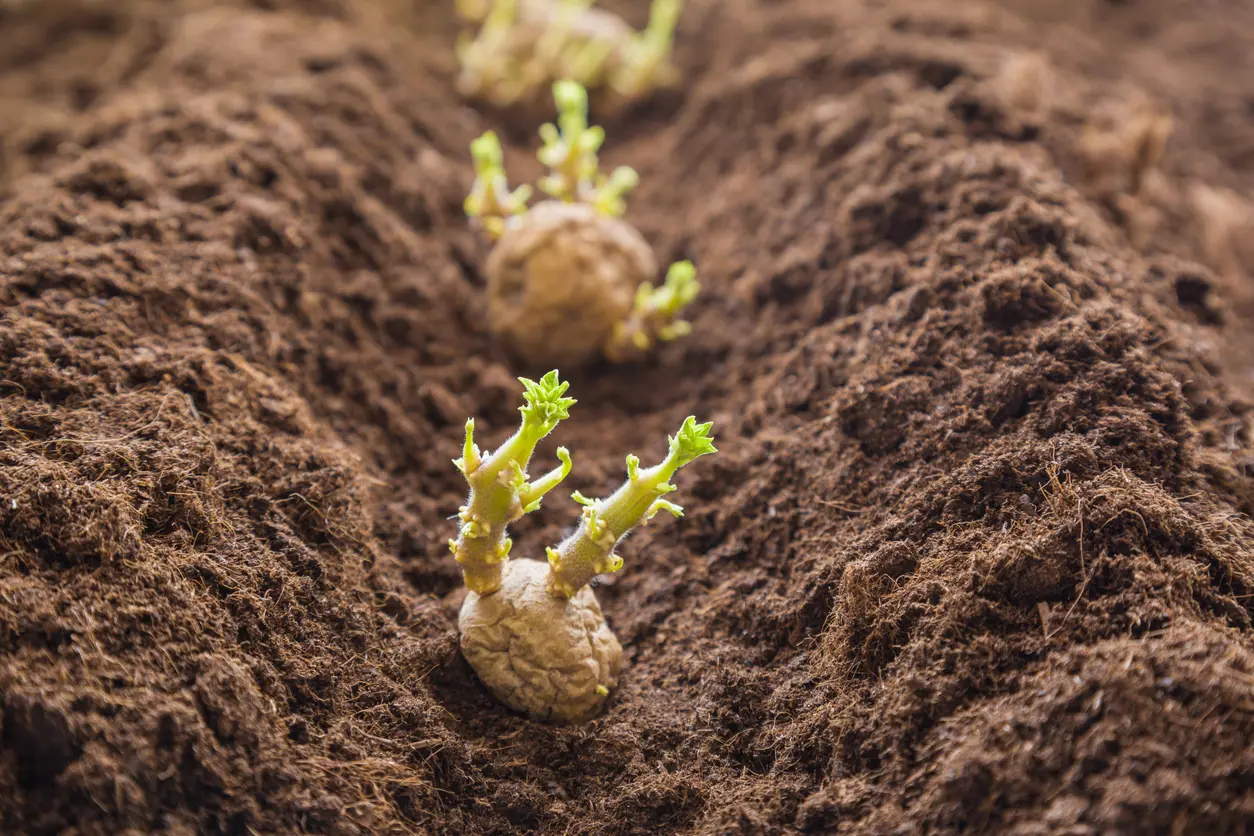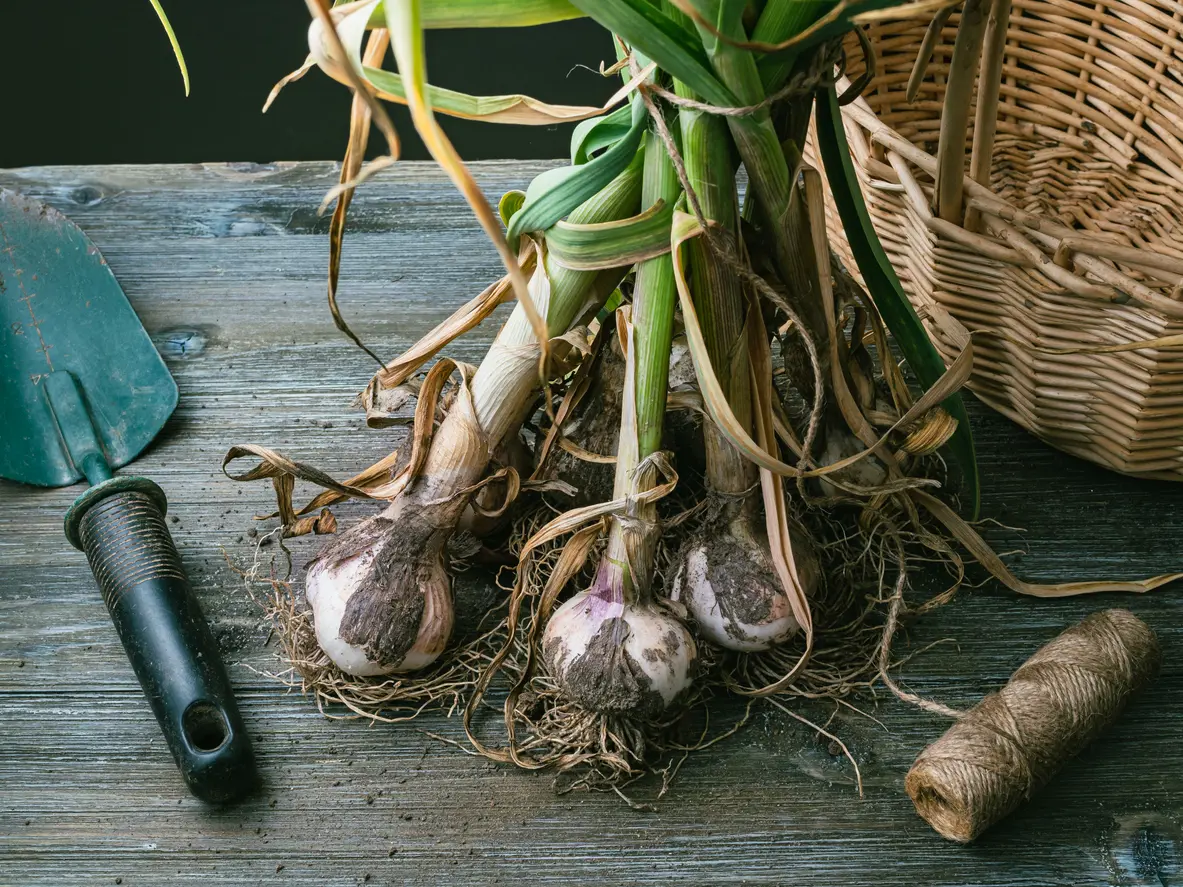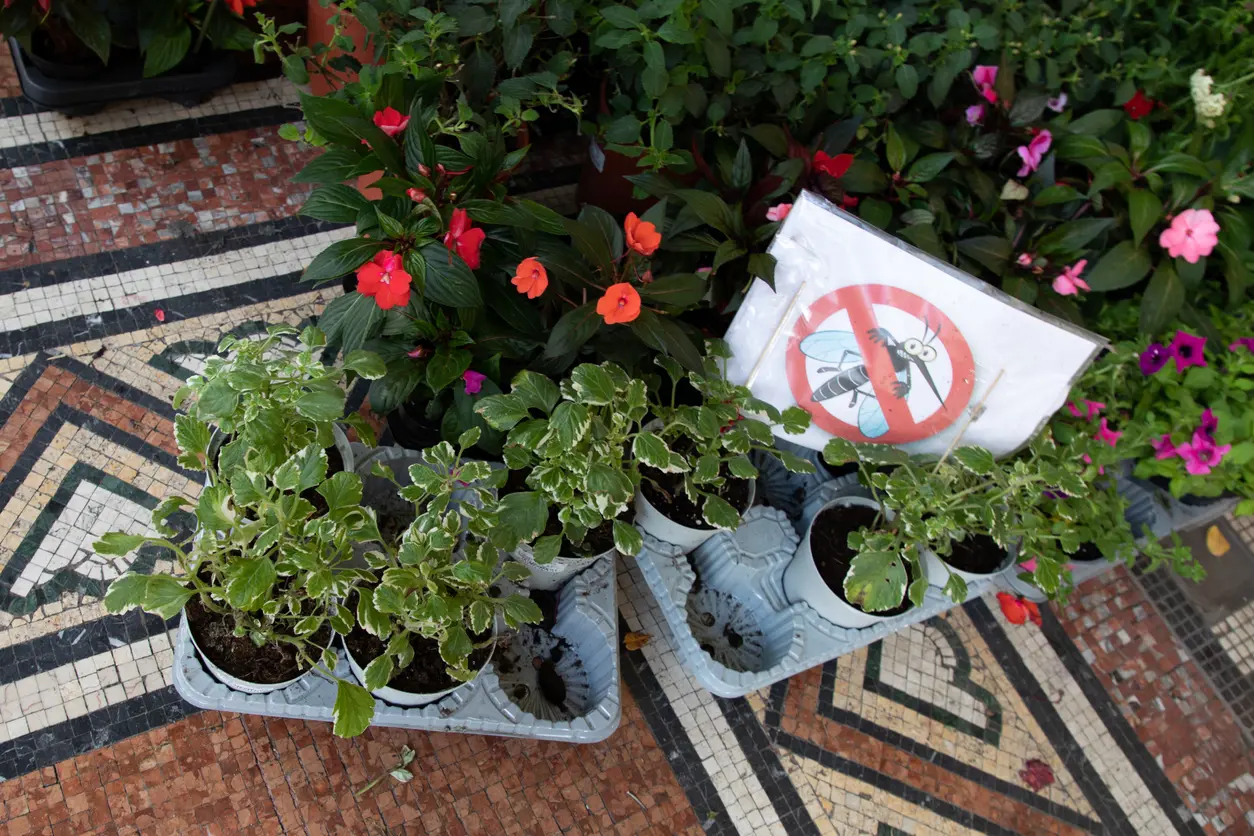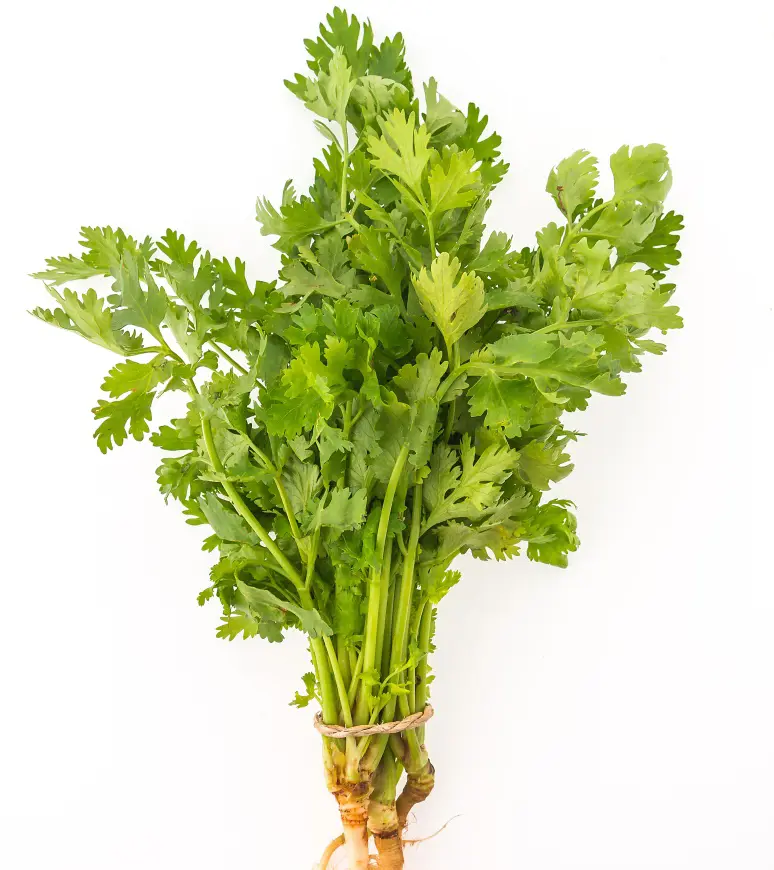
Growing cilantro can be a delightful experience for any gardening enthusiast. Cilantro, also known as coriander, is a popular herb cherished for its fresh and citrusy flavor. Its aromatic leaves and seeds add a lively twist to various dishes, making it a favorite in kitchens around the world.
Ideal for planting in early spring or fall, these plants grow rapidly, offering fresh leaves within 30 days and seeds ready for harvest around three months later. In spring or fall, growing them in your garden adds quick, flavorful touches to your cooking.
1. Choose Location

Choose a sunny location for cilantro, whether you are cultivating it indoors or outdoors. If you are setting up indoors, position the pots on a sunny windowsill or use grow lights. When opting for outdoor planting, select a spot with full sunlight, although they can tolerate some shade.
The crucial factor is providing your plant with approximately 4-6 hours of sunlight every day. Also, ensuring the soil drains well and maintains a slightly acidic to neutral pH is essential. Since cilantro thrives in cooler temperatures, it's advisable to plant it during the spring or fall seasons.
2. Prepare the Soil
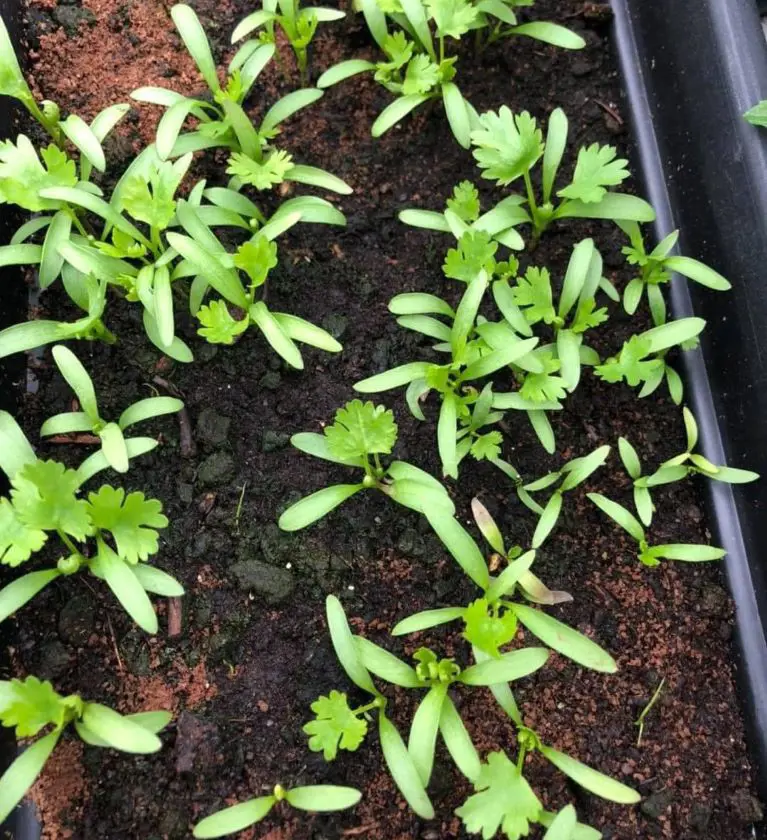
When selecting the ideal soil for cilantro, it's vital to opt for loose and well-draining soil. To achieve this, create a blend of garden soil and compost, ensuring a mix that promotes good fertility. Check the soil's acidity with a pH test, aiming for a favorable range of 6.2 to 6.8. If necessary, make pH adjustments using lime or sulfur.
As you prepare the soil environment, take the time to remove rocks and weeds, creating a clean and conducive space for growth. Use a garden fork to further the process, loosening the soil effectively. This helps optimize root growth and ensures proper aeration.
3. Sow Seeds

Cilantro seeds are slow to sprout, so it's best to start them indoors about six weeks before the last frost date. Plant the seeds about a quarter-inch deep in pots or seed trays filled with a good potting mix. Keep the soil moist but not too wet.
Maintain soil moisture without making it overly soggy. Be patient as the seeds begin to germinate. Once they have sprouted and grown a few inches tall, you can think about transplanting them to your outdoor garden or containers.
4. Thin Seedlings

After your tiny plant seeds have sprouted into seedlings, thin cilantro seedlings by gently removing some of them, leaving about 4 inches of space between the remaining ones. This helps the remaining seedlings get enough sunlight, water, and nutrients from the soil. If they are too crowded, they won't grow as well.
Now, you have some options with the extras! You can carefully move them to different pots if you want more plants in separate containers. On the other hand, you can get creative in the kitchen and enjoy them as microgreens in your salads or dishes.
5. Harden Off Seedlings

About a week before transplanting the seedlings outdoors, harden them off by gradually exposing them to the elements. This involves placing them in a sheltered spot outdoors for a few hours each day, and as days pass, increase the time they spend outdoors. It's a mini training program for your plants, easing them into the outdoor environment step by step.
This process ensures that when you finally transplant them, they will be strong and well-prepared for the outdoor conditions. It's like giving your seedlings a gentle introduction to the outside world, ensuring a smoother transition and promoting their overall resilience in the garden.
6. Transplant Seedlings
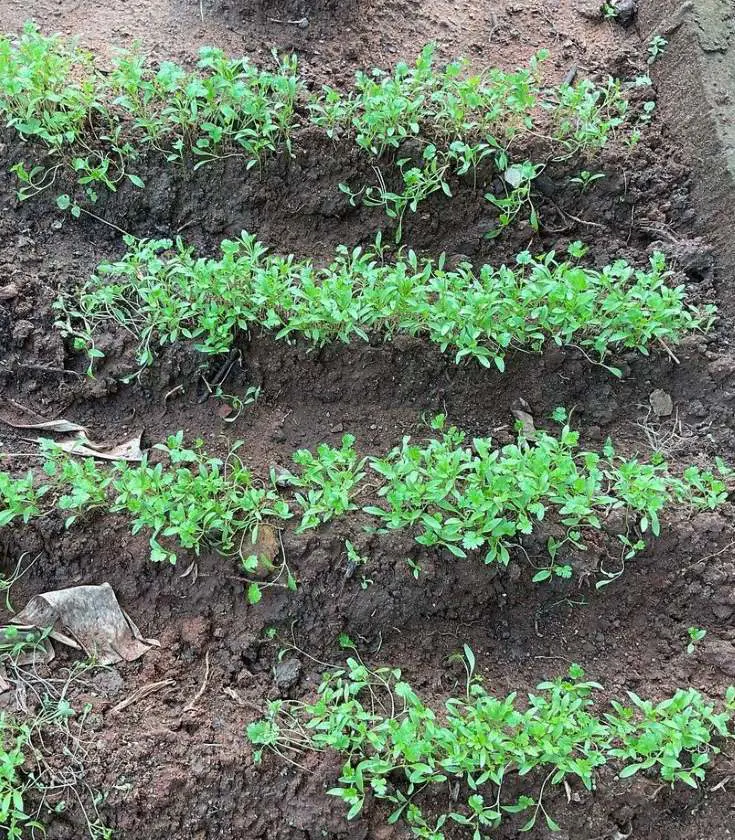
Once you are sure that the chilly frost won't harm your little plants, it's time to transplant them into your garden. Gently remove each seedling from its pot, being careful with the delicate roots. Dig small holes. Make sure to put each seedling about 6 inches away from its neighbors.
After placing each seedling in the holes, cover their roots with soil, ensuring they have enough space to stretch their roots and grow big and strong. Water them well to provide the essential moisture for their growth. With the frost gone, they soak up the sun, flourishing in their new spot.
7. Water Regularly
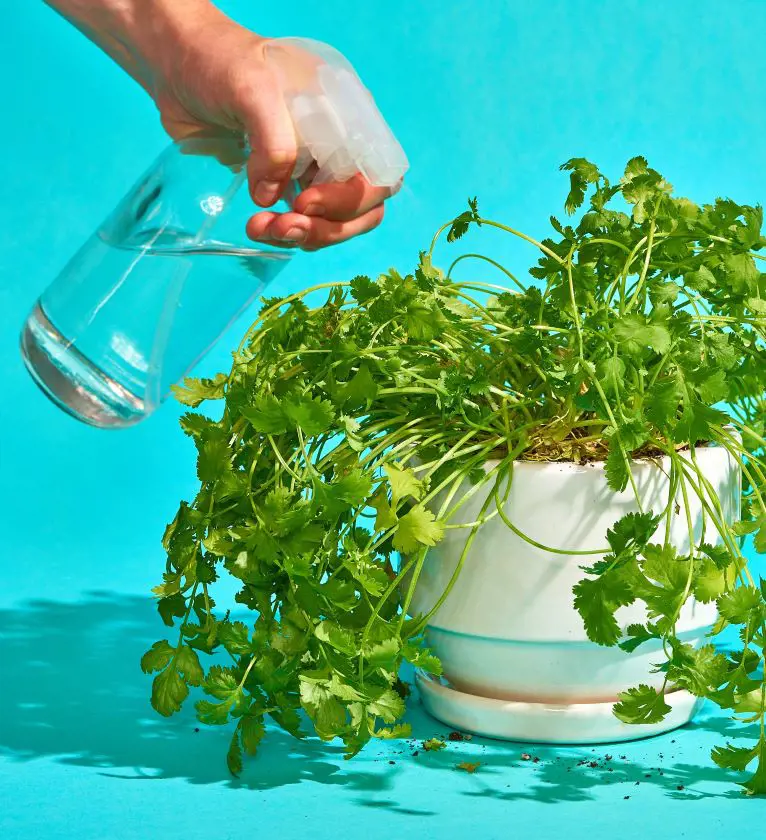
Cilantro craves consistent watering, especially during hot weather. Thus, water these plants when the top inch of soil feels dry to the touch. Ensure the soil stays consistently moist but not waterlogged, as it dislikes soggy conditions. When watering, use a gentle stream to avoid disturbing the soil or the delicate leaves.
Aim for the base of the plant, directing water at the root zone. Morning watering is optimal, allowing excess moisture to evaporate during the day and preventing fungal issues. In hot climates, consider a deep soak every 2-3 days, adjusting based on specific weather conditions.
8. Fertilize Lightly
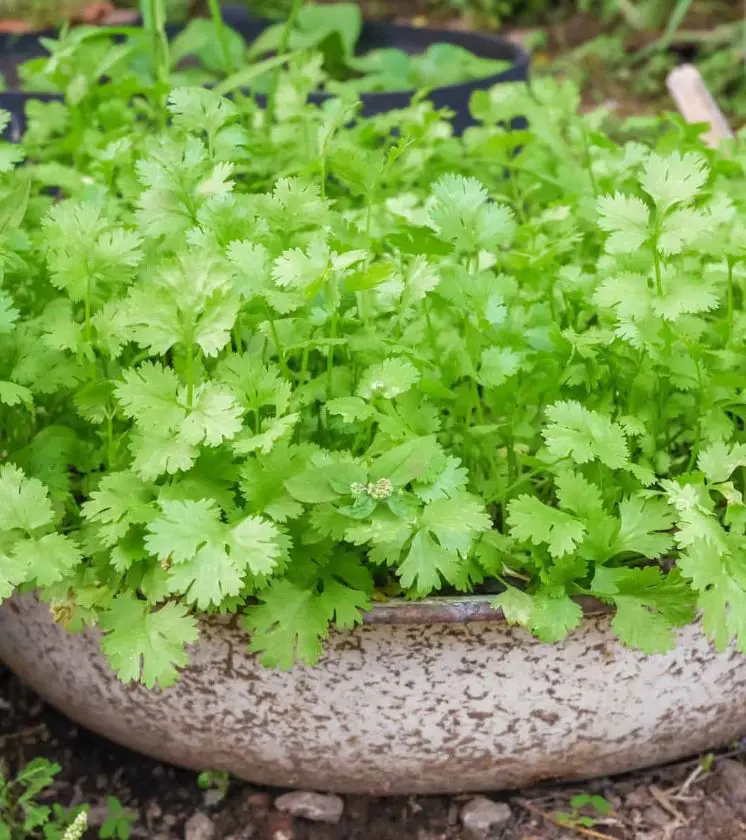
Because cilantro is a low-maintenance plant, it doesn't demand a lot of nutrients, making it easy on the feeding front. You only need to fertilize it occasionally. Applying a light dose of compost or organic fertilizer once a month does the trick. This helps provide the necessary nutrients for healthy growth.
Fertilizing is particularly beneficial during the growing season, which is spring to early summer. Doing it at this time supports the plant as it actively puts out new leaves. Just ensure not to overdo it; a gentle sprinkle of fertilizer is sufficient to keep your cilantro thriving without overwhelming it with nutrients.
9. Harvest Leaves Regularly

Cilantro is a fast-growing vegetable, and once its leaves reach around 4 inches in length, it's ready for harvest. Regularly harvesting the leaves is key to promoting continuous growth. You can snip the leaves at the base of the plant or simply pinch off individual leaves.
Harvesting serves a dual purpose: it encourages the plant to produce more leaves and ensures you have fresh cilantro for your dishes. For the fullest flavor, it's best to harvest in the morning when the leaves are saturated with flavor. Additionally, it's wise to harvest before the plant flowers, as the flavor can change after flowering occurs.
10. Prevent Bolting
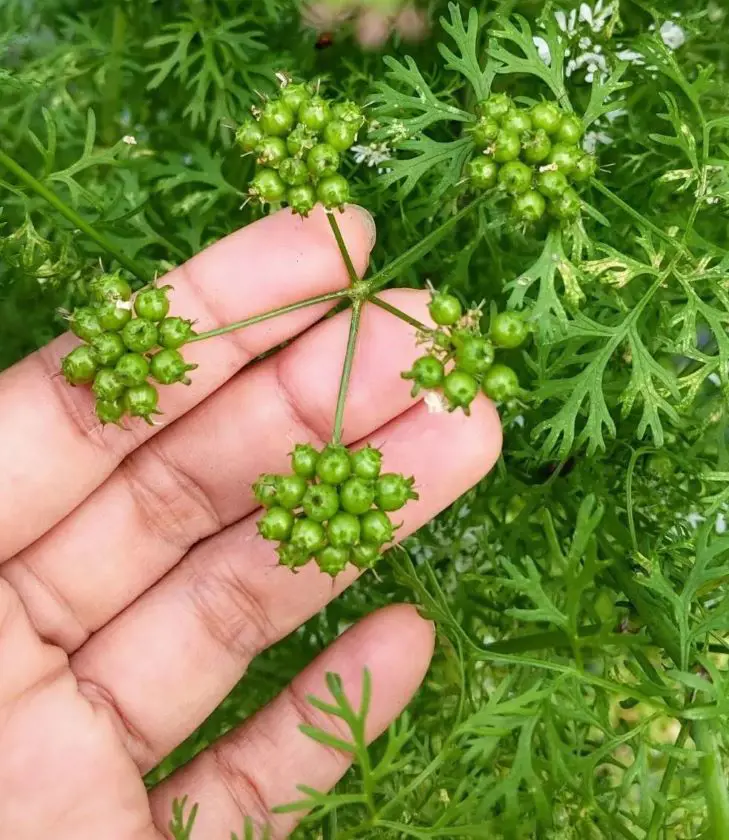
When the temperature rises, cilantro tends to bolt or go to seed. To stop this, make sure to keep the plants well-watered, providing them with the moisture they need to stay cool. If you spot any flower buds starting to form, gently remove them to prevent the plant from going to seed early.
Another trick is to plant cilantro in your garden, allowing you to enjoy a continuous supply of fresh herbs throughout the season. By taking these steps, you ensure that your cilantro stays leafy and flavorsome, ready for use in your favorite recipes.
11. Pest Management
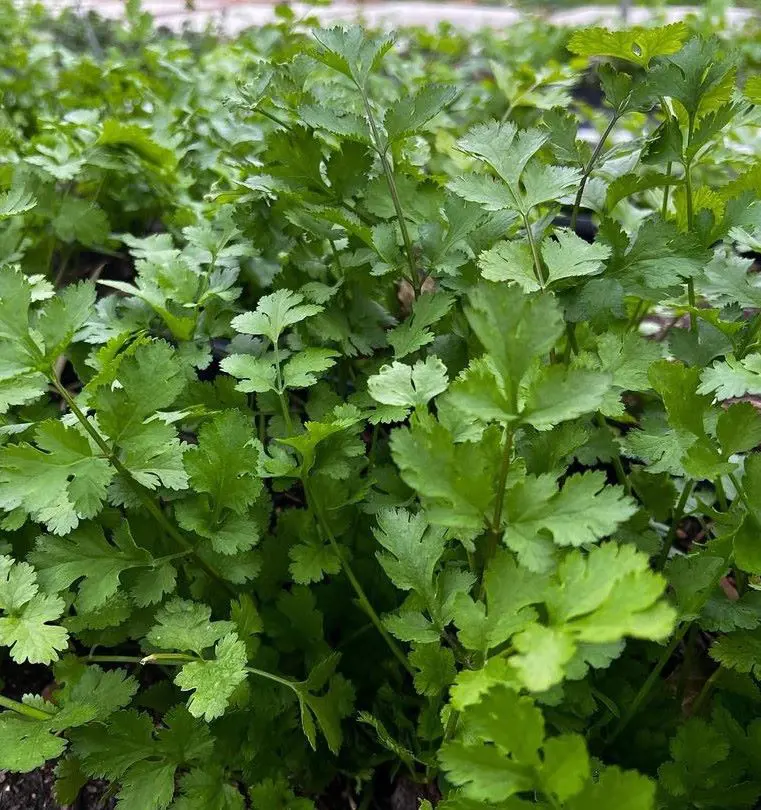
Coriander, like many plants, can be susceptible to pests and diseases. So, to maintain the health of this herb, be vigilant against pests and diseases. Regularly inspect the leaves for spots, discoloration, or holes – these can signal potential issues. Aphids, flying bugs, and mildew are common troublemakers that you should be on the lookout for.
To manage them, gently wipe the leaves with a soapy water mix or spray neem oil. Planting cilantro in well-drained soil and not overcrowding helps prevent issues. Regularly remove any unhealthy leaves to stop diseases from spreading.
12. Save Seeds
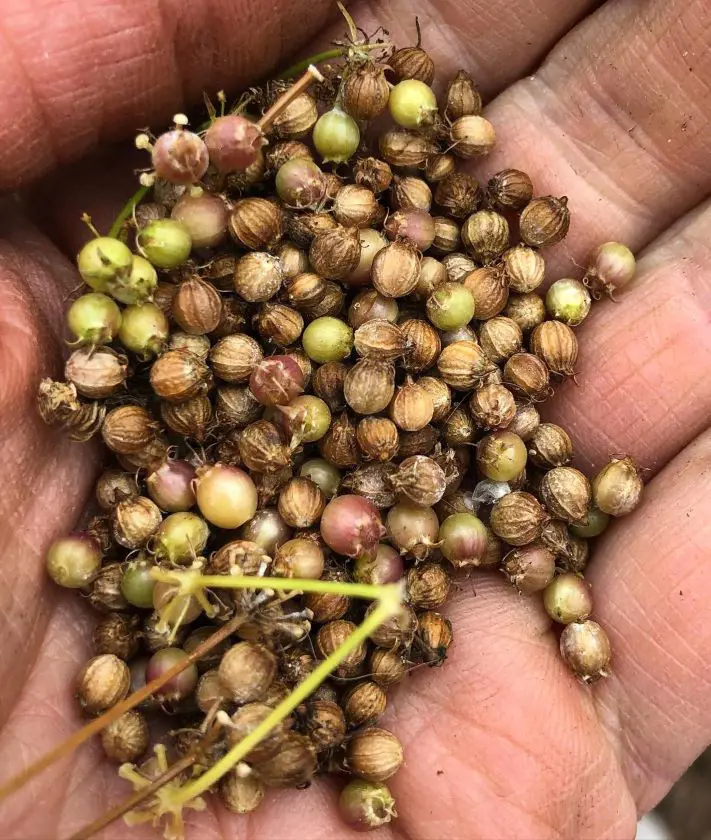
If you plan to save seeds for the next year, intentionally allow a few cilantro plants to go to seed. This process is essential for creating a self-sustaining cilantro garden. When the seeds have fully dried on the plant, carefully harvest them.
To store the seeds for future planting, keep them in a cool, dark place, like a sealed container or envelope. Saving seeds ensures a continuous cycle of coriander growth, letting you enjoy a fresh harvest each year without purchasing new seeds. It's a cost-effective and sustainable way to maintain your cilantro supply.



